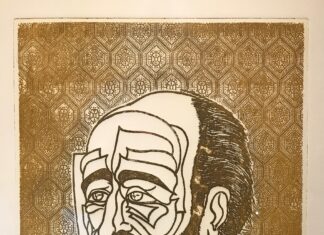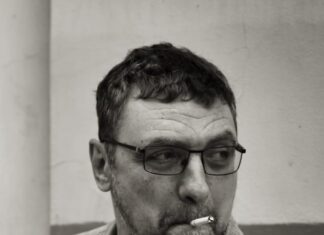By Artsvi Bakhchinyan
ISTANBUL — The name of Armenian-American film director Eric Nazarian is not unknown to Armenia’s film audiences. For three consecutive years, 2008-2010, he participated in the Golden Apricot Yerevan International Film Festival. His first feature film as writer/director, “The Blue Hour,” won four prizes in 2008: The Golden Apricot for Best Film in the Armenian Panorama, The Ecumenical Jury Award, The Prime Minister’s Award and the Diaspora Ministry’s Special Award for Directing.
It was a nice surprise to learn that Nazarian’s next movie has been made in Turkey, as part of an international omnibus project, titled “Do Not Forget Me, Istanbul.” The premiere of this film took place at the Istanbul Film Festival last April and is currently on the festival circuit. In this film, seven different filmmakers present some scenes from the life of various ethnic minorities of Istanbul.
Josephina Markarian, a Greek-Armenian currently living in Istanbul, is also a part of the project. Nazarian, who was born in Armenia and has lived in the US since childhood, presents a personal story of his compatriot who is the descendant of the one of oldest communities of the city on the Bosphorus. In 18 minutes, Nazarian’s film, titled “Bolis,” captures through images of everyday life, the conversations and brief encounter between a Diaspora-Armenian musician and a Turkish widow. Through their encounter, the tragic history of one nation is unraveled through the musician’s story. This is a simple story reminding us about the presence of the past within the modern-day psyche of Armenians worldwide and the responsibility of the inheritors on both sides to never forget and speak openly about a history that has been buried but refuses to be forgotten. My conversation with Nazarian intends to reveal some aspects of this unprecedented Armenian-Turkish collaboration.
Artsvi Bakhchinyan: Well, Eric, nowadays all kind of Armenian-Turkish collaborations do not surprised anyone anymore, but how did you become involved in this project?
Eric Nazarian: My friend Cigdem Mater introduced the project to me. Huseyin Karabey, the producer, invited me to participate in the omnibus. The theme of what we remember and what we force ourselves to forget is important for me as an Armenian and as a filmmaker. The goal of the project that was initially pitched to me was to remind Istanbul through these films of the past cultures that contributed to what the city is today. These past cultures have over time been “forgotten,” hence the title “Do Not Forget Me Istanbul.” I felt my story of Armenak’s journey to Bolis (Istanbul) fit thematically. The film is based on my feature screenplay “Bolis” that follows Armenak from Los Angeles to Istanbul to find his grandfather’s oud shop and a family heirloom that disappeared during the Armenian Genocide.









